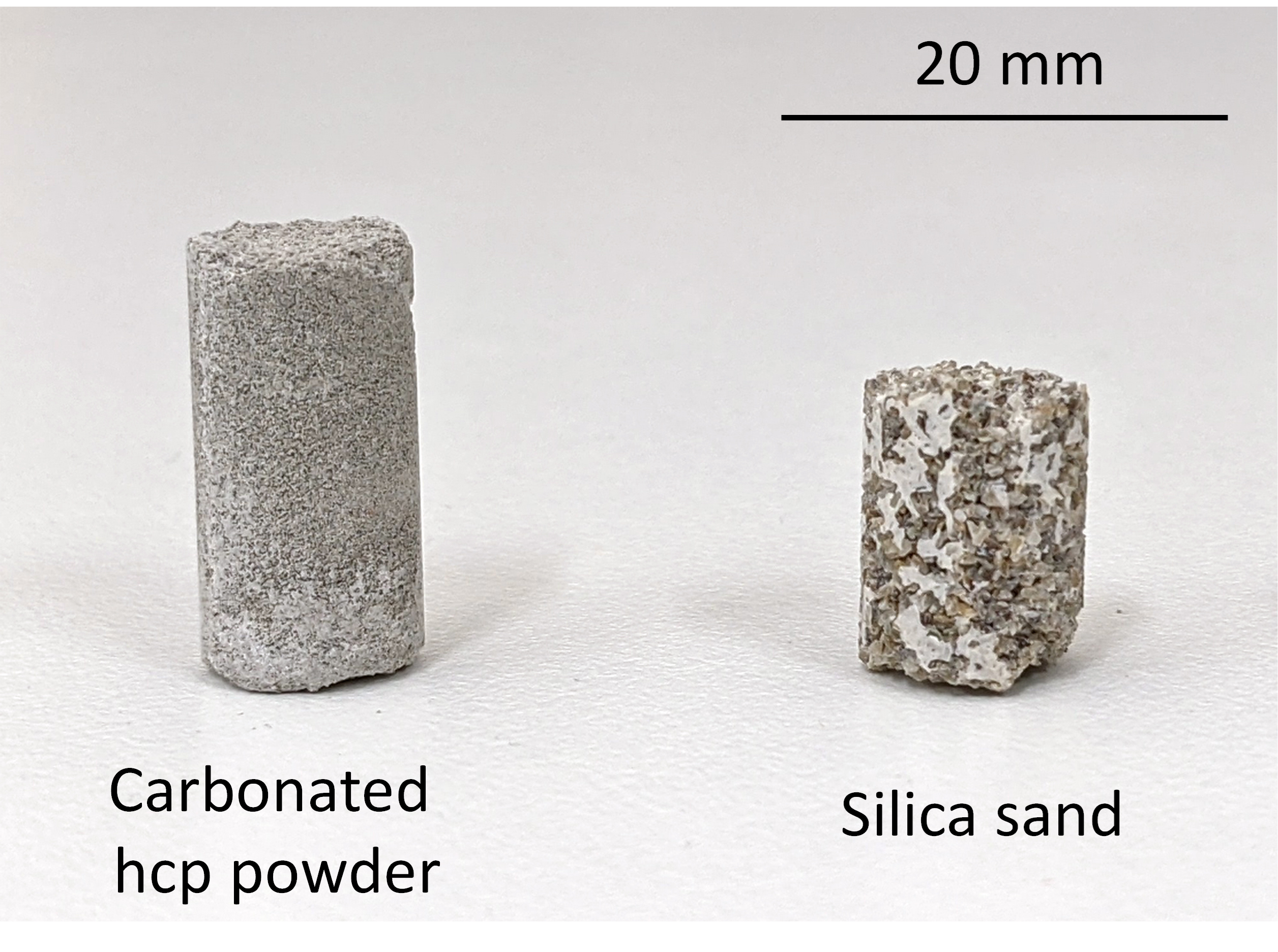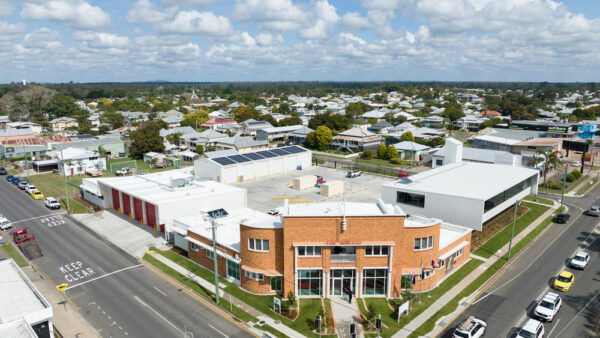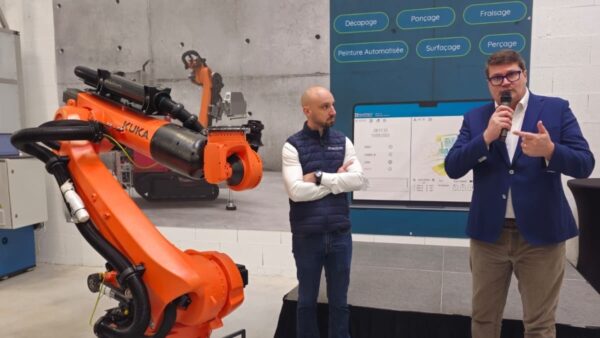
A team from the University of Tokyo has created calcium carbonate concrete, a new type of material formed of waste concrete and carbon dioxide captured from the air or industrial exhaust gases.
Calcium carbonate concrete’s process is inspired by the way some aquatic organisms harden into fossils over time. Ippei Maruyama, a professor at the university’s architecture department, used calcium carbonate deposits from dead organic matter and applied it to concrete.
Although described by the university as a “stable” and “durable construction material”, it is not strong enough to be a replacement for structural concrete in large buildings.
Professor Maruyama said: “Our concept is to acquire calcium from discarded concrete, which is otherwise going to waste. We combine this with carbon dioxide from industrial exhaust or even from the air. And we do this at much lower temperatures than those used to extract calcium from limestone at present.”
Professor Takafumi Noguchi added: “It is exciting to make progress in this area, but there are still many challenges to overcome. As well as increasing the strength and size limits of calcium carbonate concrete, it would be even better if we could further reduce the energy use of the production process.
“However, we hope that in the coming decades, carbon-neutral calcium carbonate concrete will become the mainstream type of concrete and will be one of the solutions to climate change.”
Cement production accounts for around 7% of global CO2 emissions.
Read a scientific paper about the project here.
Image courtesy of Maruyama et al/University of Tokyo
Further Reading:






